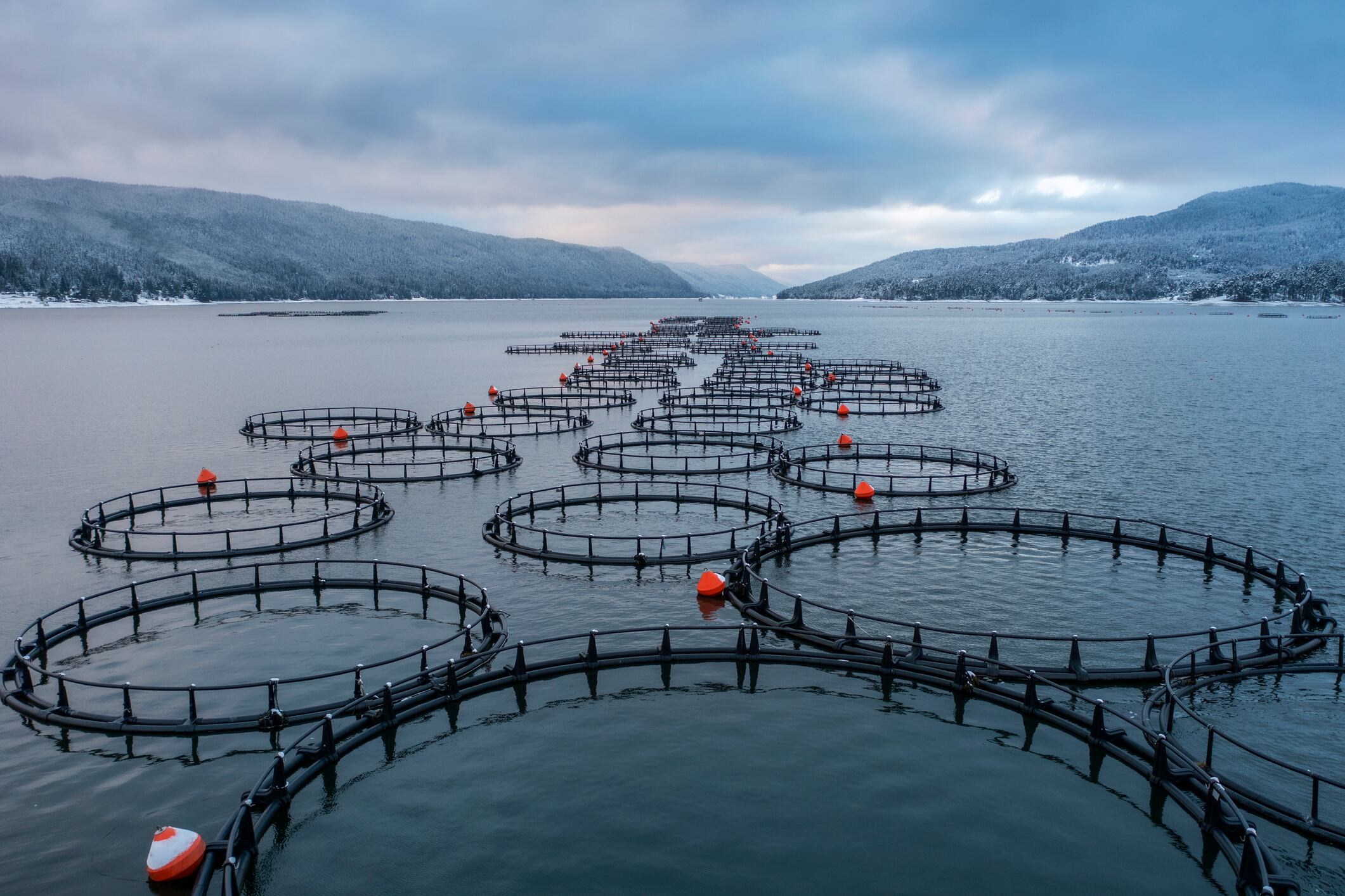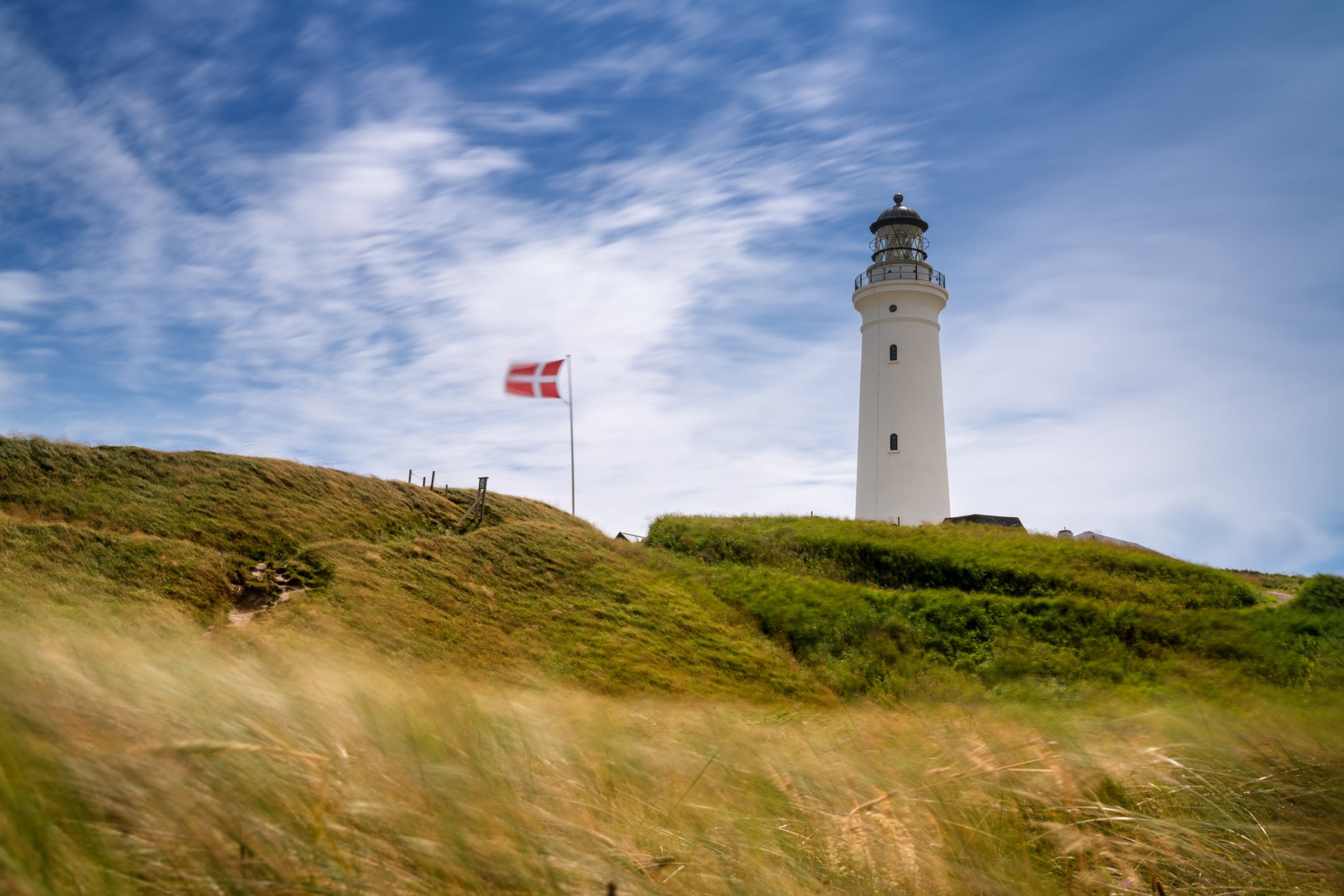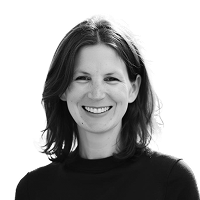What is the Onnest circular fish farm in Denmark? Summary
- Denmark plans world’s first circular fish farm with zero waste
- Onnest aims for 95% fish survival rate and zero mortality
- Local algae-based feed replaces imported soy to cut emissions
- Facility integrates energy reuse, waste recycling and public access
- It’s hoped premium fish will be traceable, certified and welfare-focused for consumers
If you’re picturing a land-based fish farm surrounded by barbed wire and “Do Not Enter” signs, think again.
In Denmark, plans have been unveiled for what’s being called the world’s first circular fish farming facility - one that, according to its creators, “won’t look like anything we’ve seen before”.
Circularity in fish farming explained
Fish farming has a bad reputation, with sites linked to environmental damage from waste and chemicals, high disease rates, and the potential for farmed fish to escape and threaten local ecosystems.
In Scandinavia, two innovators are looking to revolutionise the concept of fish farming as we know it. And critically, they’ve recruited a team of architecture firms to help realise their vision.

So, what’s the brief? Project leaders Samuel Muren and Håkon Volden want to build the world’s first circular fish farm, which means zero waste, fully circular operations, no medication or vaccines, minimal resource consumption, maximum reuse of waste streams, and circular food chains. It also means the highest possible level of fish welfare.
The Onnest trout farm in Hirtshals, located at the northernmost tip of Denmark, will shout about its concept. Its founders plan to invite the public in, communicate about circularity, and aesthetically, integrate with its surrounding landscape.
Major sustainability pressures: fish feed and animal welfare
Conventional fish feed is a major contributor to greenhouse gas emissions, making it a pain point for aquaculture operators.
At Onnest, developing a circular feed system is central to its model: the plan is to produce local fish feed based on algae grown on-site and fish-processing waste. That’s instead of importing soy from South America, which currently supplies a significant proportion of feed ingredients.
The algae will be fed on sludge and nutrient waste, with excess heat from nearby industry, like hydrogen production facilities, being reused to run the production process itself.
Another reputational risk for fish farming is animal welfare. The thought of fish crammed in like their long-lost cousins sardines, is not a pretty one. But Onnest claims its vision has an “uncompromising” focus on fish welfare, which will in turn produce high-quality fish with a better nutritional profile than conventional counterparts.
“In typical land-based systems, up to 50% of fish may die during the growth period. We aim to raise that survival rate to over 95% – which places high demands on both technical systems and architecture," says Nicholas Duxbury Ransome, CEO of contributing architecture firm Lendager.
Achieving a ‘zero mortality’ ambition
The quest to achieve the highest possible level of animal welfare could prove Onnest’s biggest test. The founders insist on the highest standards and won’t compromise.
“We aim for zero mortality and a finished product of the highest quality, with optimal protein structure and high omega-3 content,” explains Onnest co-founder Samuel Muren. “Achieving both maximum fish welfare and the ambition of zero waste requires a fundamental rethinking of how aquaculture is normally designed and operated.”
But the biggest challenge of all is in living up to Onnest’s overall environmental ambitions, since it means integrating circularity into every single design element from the outset. That means that complex systems, across disciplines that don’t typically work together – like feed, energy, waste, architecture and social impact – now need to come together as one.

That’s likely why the concept of a completely circular fish farming facility hasn’t been realised before.
“Most aquaculture developments are retrofitted with sustainability elements rather than built with circularity as a starting point,” explains Muren. “The level of integration and ambition in Onnest’s approach is rare, and perhaps unprecedented, because it demands not only technological innovation but also systemic collaboration, long-term thinking, and a willingness to depart from conventional business models.”
First Denmark, then...the world?
When the fish farmed at Onnest enter the market, they’ll most likely be sold at a premium price point. The value, Muren explains, will aim to reflect the regenerative, waste-free production model, local feed ingredients, and of course high standards of animal welfare.
Consumers will also know when they’re purchasing an Onnest-farmed fish. “We expect the fish to be clearly labelled and certified, and the entire site is designed to be accessible and open to the public,” says Muren, who is also exploring the use of blockchain technology for full traceability of each fish.
“Our goal is to engage consumers directly in how sustainable food systems can work – and to show what’s possible when circularity and fish welfare are taken seriously."
Construction at the Hirtshals site is expected to start in late 2026 or early 2027, with production expected to kickstart in 2028.
It’s hoped this facility will serve as an example that can be scaled worldwide, says Muren. “If we can make it work in Denmark, we can make it work in Holland, France or Japan.”





